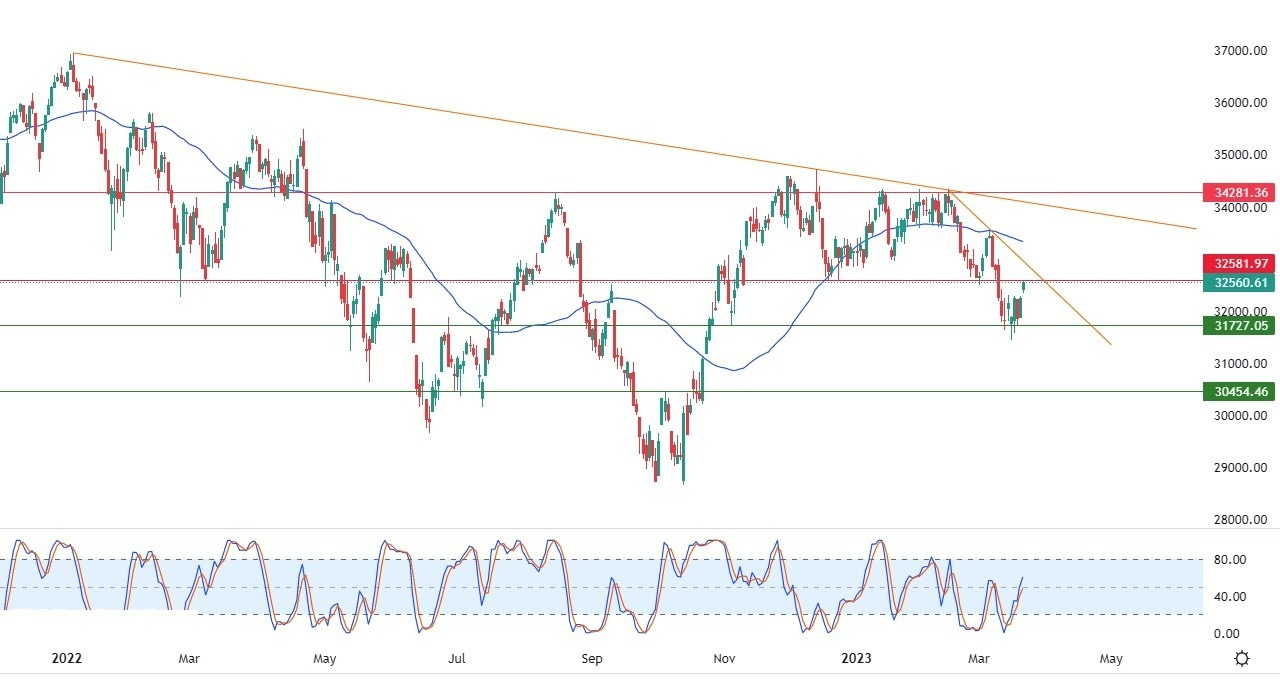Spot natural gas prices (CFDS ON NATURAL GAS) fell during their early trading on Wednesday, recording daily losses until the moment of writing this report, by -3.01%. It settled at a price of $2.253 per million British thermal units, after rising slightly during yesterday’s trading by 0.3%.
Natural gas futures rose on Tuesday, avoiding a third straight loss amid slightly lower production and expectations for more late-season heating demand. April Nymex gas futures gained about 12.5 cents on the day and settled at $2.348 per million units. British thermal, and May futures rose by 15.4 cents to $2.485.
National Weather Service (NWS) data showed more waves of freezing temperatures covering large swaths of the lower 48 states late this week. Near the end of March, these cold blasts could affect parts of the West, Midwest, and East.
Meanwhile, production was hovering around 99 bcfd on Tuesday, roughly in line with estimates over the past week, but less than 1 bcfd from its 2023 high.
The US Energy Information Administration (EIA) reported a draw of 58 Bcf for the week ending March 10, and printed inventories came in at 1,972 Bcf, a significant excess of the five-year average of 1,594 Bcf.
The initial average estimate for the week ending March 17 was about 80 bcf, which compares to a withdrawal of 55 bcf the previous year and a five-year average decline of 45 bcf.
Technical Outlook:
- Technically, natural gas suffers from the dominance of the main bearish trend in the medium and short term along a trend line, as shown in the attached chart for a period of time (daily).
- Negative pressure continued for its trading below the simple moving average for the previous 50-day period.
- In addition to that, we notice the continuity of signals and the negativity of the relative strength indicators, despite reaching oversold areas.
Therefore, our expectations indicate a further decline for natural gas during its upcoming trading, as long as the 2.748 resistance remains intact, targeting the psychological support level at 2.00.


